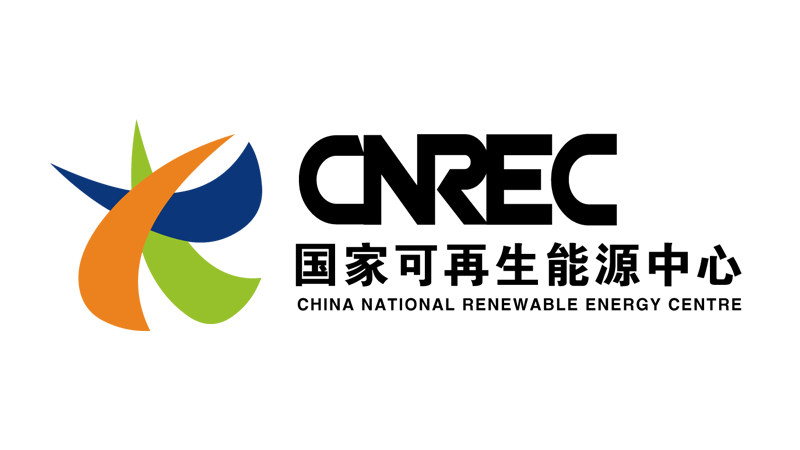-
Total electricity generation increased by five per cent in 2016, or by about 300 TWh.
At 65 per cent, coal provides the largest share of total generated electricity. Renewables account for 25 per cent. Consumption increased by 283 TWh, comparable to the entire consumption of Spain.
-
However, there is a clear trend towards renewable energy.
Since 2010, the share of renewables in the power mix has increased by 8 percentage points, while coal has decreased by 11 percentage points.
-
Curtailment of renewable energy is high, averaging 17 per cent.
Some provinces, like Gansu and Xinjiang, plan to slow down wind capacity expansion in the coming years. Furthermore, the government is encouraging expansion of the transmission grid.
-
Use of conventional power plants is decreasing.
Full load hours for coal plants decreased from more than 5,000 hours in 2013 to 4,165 hours in 2016, and energy-related emissions have stagnated at 2013 levels. However, the government is reviewing its plans for new coal plants, and another 200 GW of coal-fired power plants are under construction and are expected to go online by 2020.
Energy transition in the power sector in China: state of affairs in 2016
Review on the developments in 2016 and an outlook

Preface
Last year, China overtook Germany as the world’s leader for installed solar capacity. In 2016 alone, 34 GW solar PV were installed in China, while Germany merely added a single GW. This is not China’s only distinction. China has also started an energy transition with its own dynamics and characteristics. However, this transition resembles what we have already observed in Germany and Europe.
While it is true that China is still the largest energy consumer and emitter of greenhouse gases, its rapid surge of coal-fired power plants has slowed, and the increase in emissions has come to a halt. Furthermore, the government has begun a rapid expansion of renewable energy. In the diplomatic arena, the Chinese government has reiterated its commitment to the Paris climate agreement, despite the USA’s recent volte-face.
In this annual review, we provide a more comprehensive picture of the latest development of China’s power system. The review focuses on recent data regarding the supply and demand of power from renewable and conventional sources.
Key findings
Bibliographical data
Downloads
-
pdf 719 KB
Energy Transition in the Power Sector in China: State of Affairs in 2016
Review on the Developments in 2016 and an Outlook




